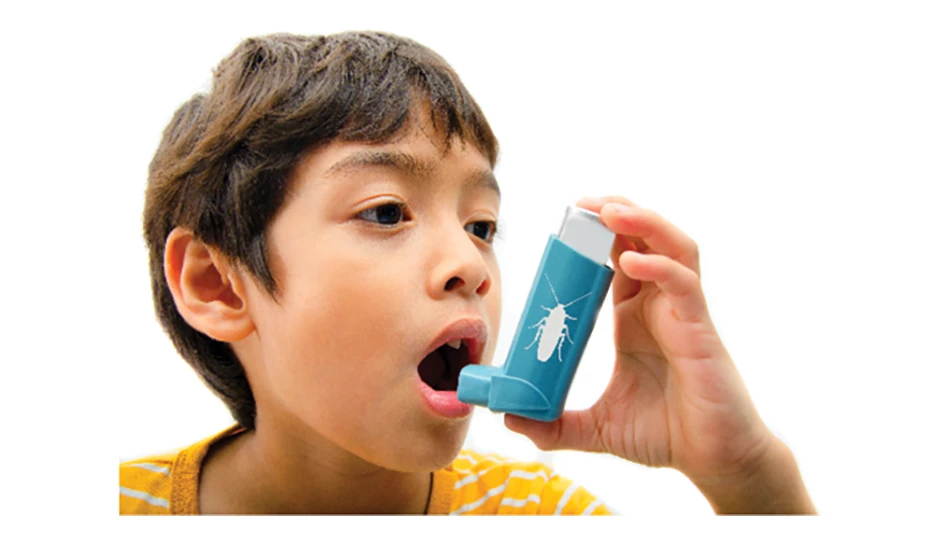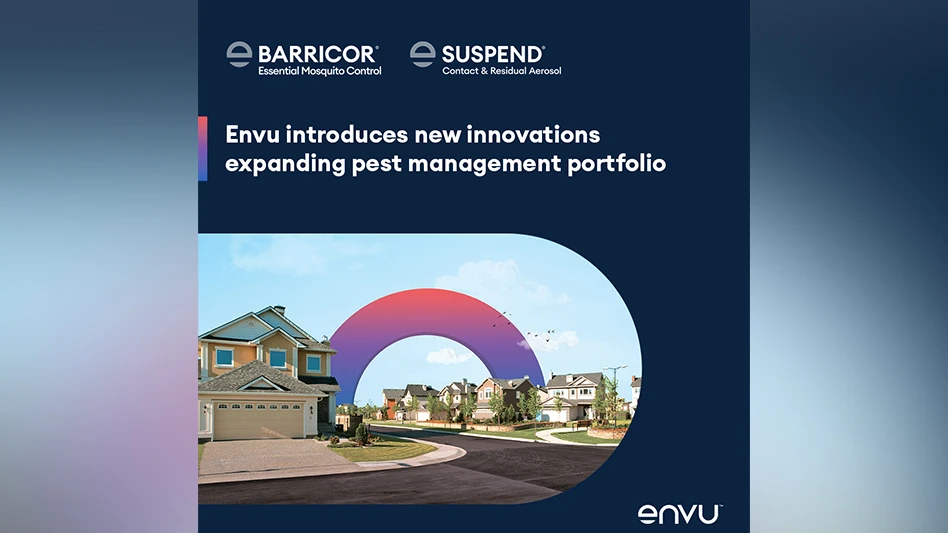An aerosol is made up of fine airborne particles that may be a solid or liquid. The active ingredient is dissolved into a solvent with a propellant and packaged under pressure in disposable or reusable metal containers (cans). When the pressure is released, liquid passes through a nozzle and is broken up into fine droplets.
Pest management professionals like aerosols due to their convenience of use, and with the addition of an injection tip, the insecticide can be directed into cracks and crevices where pests hide (see related story). If not properly trained in their use, a professional may apply excess amounts of insecticide. Care must be taken to avoid inhaling tiny droplets of the aerosol in confined areas. To avoid prolonged exposure indoors, a respirator may be worn. Refer to the product label for specific instructions on personal protective equipment. – Gary Braness
(Source: Mallis Handbook of Pest Control, 10th Edition)
WANT MORE?
Enter your email to receive our newsletters.

Explore the November 2010 Issue
Check out more from this issue and find your next story to read.
Latest from Pest Control Technology
- How to Get Rid of Odorous House Ants
- Massey Services Promotes Herndon to Director of Sales for Multi-Family Division
- NPMA Announces First Recipients of NPMA PRO Certified Credential
- Pestmaster of the Hudson Valley Acquires Catskill Animal Damage Control
- Photo Slideshow: Ant Identification Tips
- Video: Top 10 PCT Photo Contest Finalists
- UF/IFAS Study Reveals Boats as Perfect Vessels for Global Termite Spread
- Pest Control Consultants (Iowa) Earns Pinnacle Performance Award









